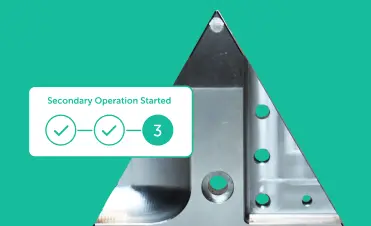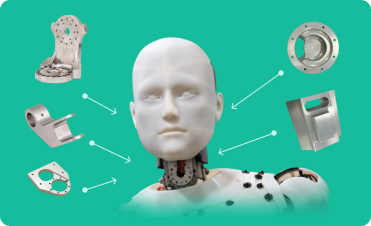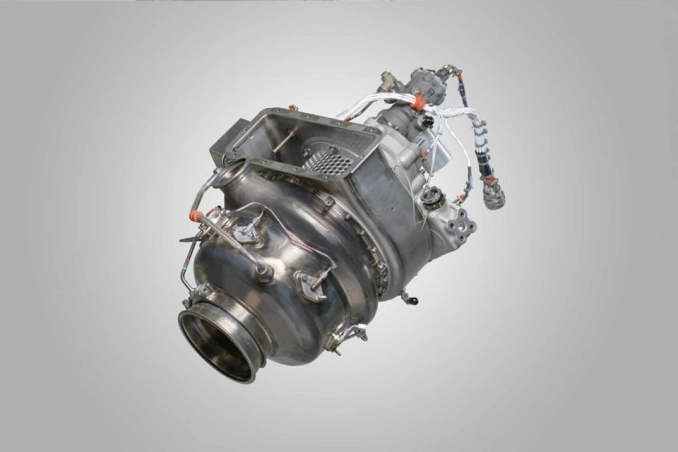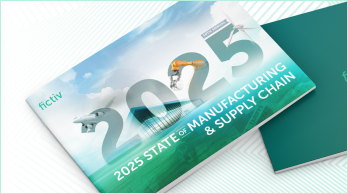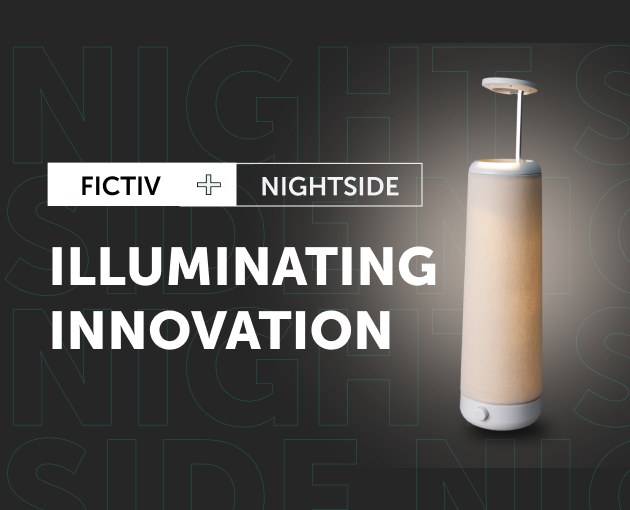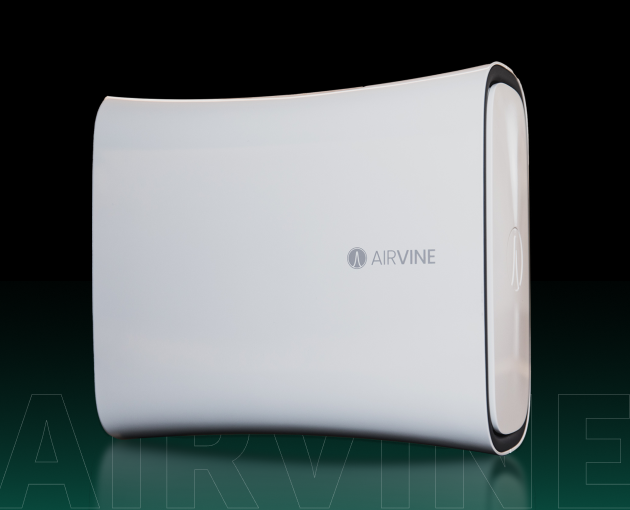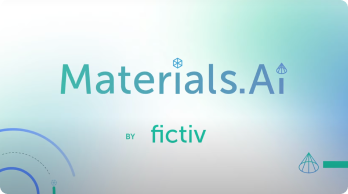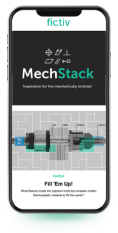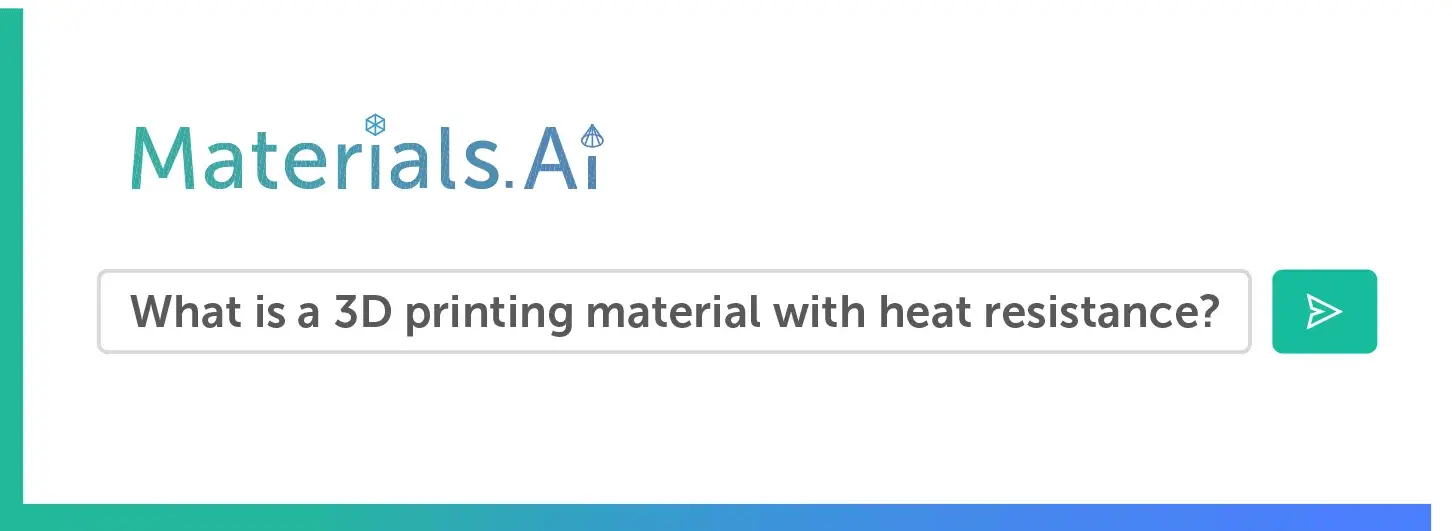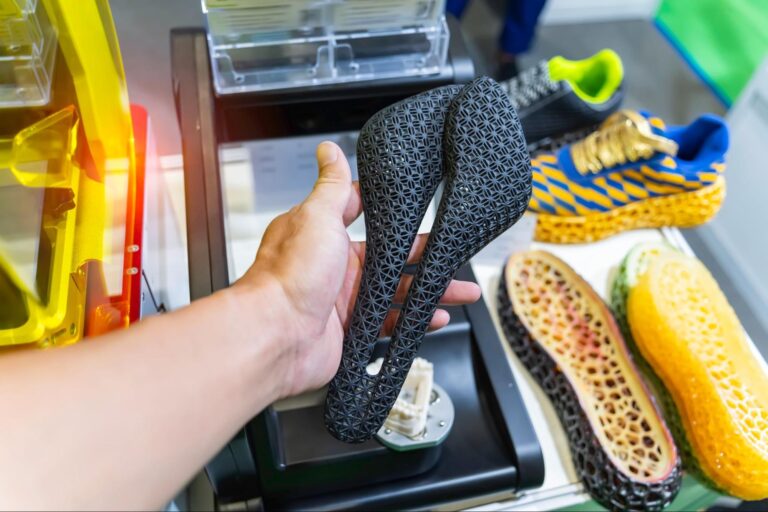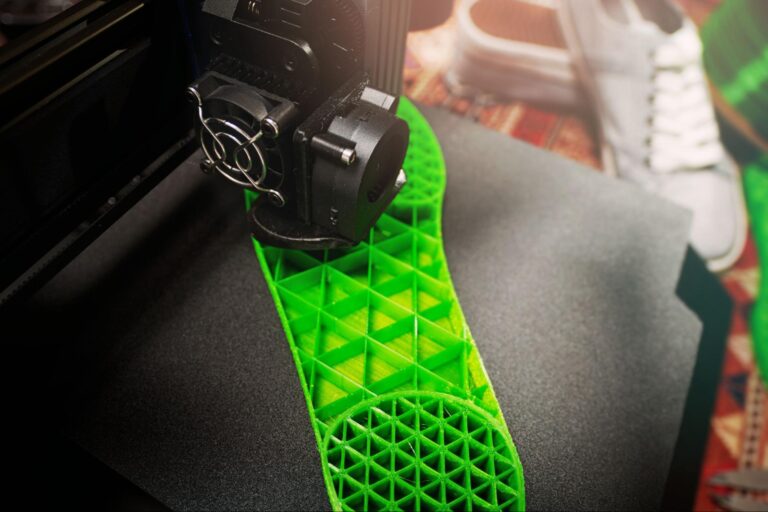Time to read: 9 min
Whether you’re in early development of a medical device, a consumer electronics accessory, or a simple cable clip for your desk, the goal is usually the same: to test the concept as quickly as possible. When it comes to getting your product from a digital idea on screen to something physical in hand, prototyping is the answer.
Rapid prototyping is an essential part of developing new products or improving existing ones. It enables a path to the best solution by accelerating the building, testing, and refining of designs while significantly saving time and costs. Rapid prototyping methods are often used to iterate and test designs quickly, helping product development teams accelerate time to market.
Older, more traditional prototyping methods are often very slow and expensive. They often require weeks or even months of lead time, and the purchase of costly temporary tooling. With rapid prototyping techniques, parts can be produced in a matter of hours or days, which is a significant improvement from traditional prototyping.
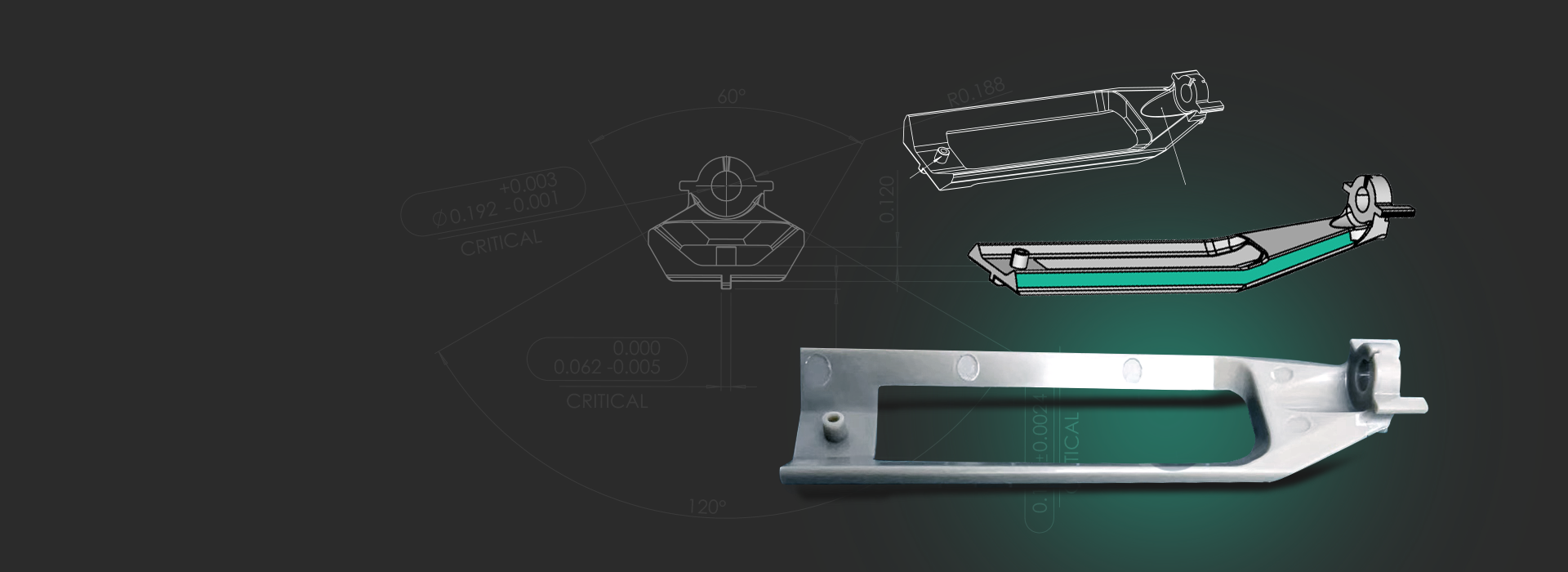
What Is Rapid Prototyping?
Rapid prototyping refers to manufacturing methods or techniques used to quickly fabricate parts, assemblies, or models. Typical manufacturing technologies used for rapid prototyping include 3D printing, CNC machining, casting techniques, sheet metal prototyping, or rapid injection molding.
However, 3D printing remains the main technology used for initial rapid prototyping. The technology is fast and cost-effective if low-grade materials or plastics are used, which can be beneficial if the design is expected to require multiple iterations. The other rapid prototyping methods mentioned above prove helpful when higher strength, tighter tolerances, or production-grade materials are required.
Rapid Prototyping Methods
There are several rapid prototyping methods available. Each process is different, with its own unique strengths and challenges.
3D Printing Technologies
The most common rapid prototyping approach is 3D printing, and for good reason. The technology is versatile and fast for prototype fabrication. Many design options can be tested and printed in a matter of hours or days (depending on design factors like complexity and size). 3D printing utilizes inexpensive materials to test an idea or concept before transitioning to more expensive, high-grade materials. This allows designers to perfect their designs and prove their concepts before moving to production.
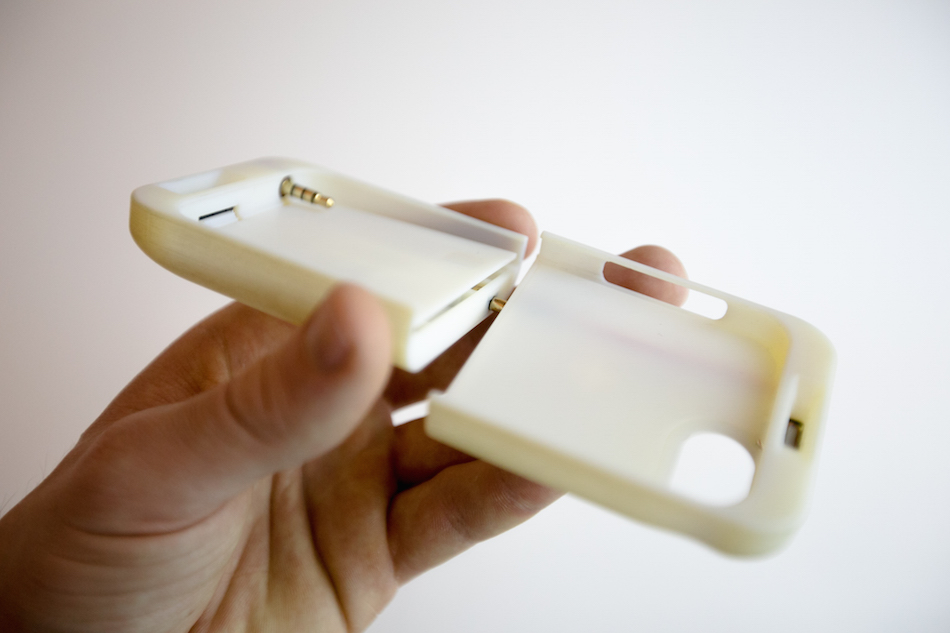
Various 3D printing methods can be used for rapid prototyping, but the most common include fused deposition modeling (FDM), stereolithography (SLA), and selective laser sintering (SLS). Let’s take a look at what sets these processes apart.
Fused Deposition Modeling (FDM)
FDM is the most widely used technique for rapid prototyping. It works by creating objects by extruding melted thermoplastic, one layer at a time. FDM is popular because it is affordable and compatible with materials such as ABS, PLA, and even engineering-grade plastics. However, it has limitations in resolution and surface quality, with rough finishes and challenges in producing intricate geometries unless post-processing or soluble support materials are used.
Stereolithography (SLA)
SLA offers much higher accuracy by curing liquid resin with a UV laser, creating smooth parts with fine details that closely resemble final products. SLA supports a variety of resins with different optical, mechanical, and thermal properties. With SLA, it’s possible to mimic end-use materials. While it can be fast, especially with DLP or MSLA systems, SLA requires additional steps like washing, curing, and support removal, and its build volume is smaller than that of other methods, which can slow down the workflow for large parts.
Selective Laser Sintering (SLS)
SLS takes a different approach, using a laser to melt and bond plastic powder into solid parts. Because unfused powder supports the print during the build, no support structures are needed. SLS is ideal for complex geometries such as undercuts or internal channels. SLS parts are strong and functional, often resembling injection-molded components, and the process can produce multiple parts in a single run. The main drawbacks of SLS are rough or porous surfaces, along with risks of warping or shrinkage. To overcome this, parts often undergo finishing steps like bead blasting, media tumbling, or chemical smoothing for plastics, or heat treatment and hot isostatic pressing (HIP) for metals.
CNC Machining
CNC (computer numerical control) tools, unlike 3D printing methods, are subtractive in nature. This means that material is removed from a base “block” to form the desired shape, rather than being built from the ground up in a layer-by-layer fashion as with 3D printing. Various cutting and drilling tools are used to shape the workpiece. The tools are directed into a cutting path using CAD or CAM (computer-aided manufacturing) files.
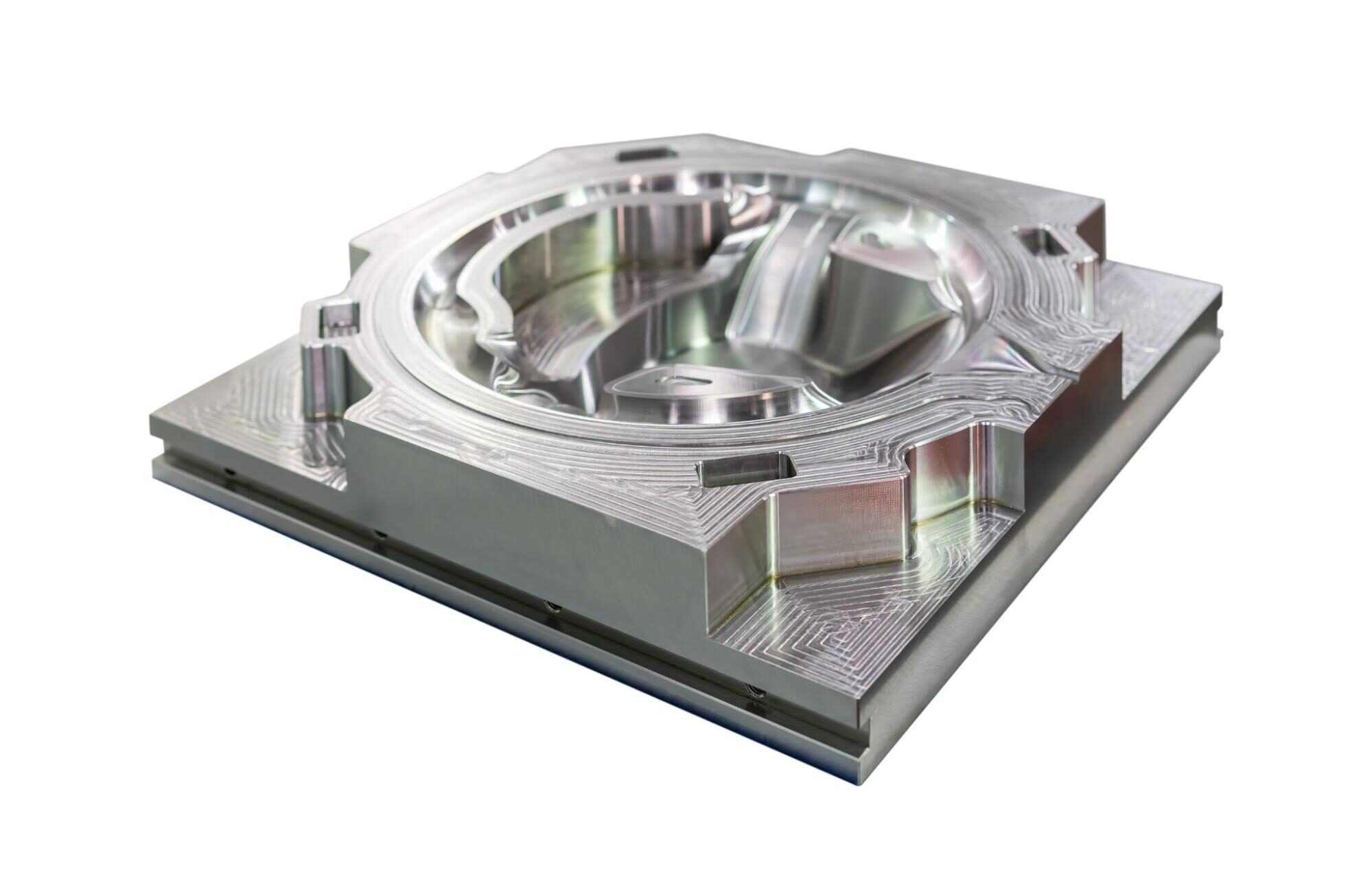
The big advantage of CNC machining is that it works with many materials that you may use in production. You can use plastics or metals such as aluminum, steel, brass, copper, or titanium. It can also handle non-traditional materials like wood, foam, and fiberglass. However, CNC machining can be more expensive than 3D printing. There are also design constraints to keep in mind. The size of the part will be limited to the size of the material block, and highly complex geometries are often better suited for additive manufacturing techniques.
Sheet Metal Prototyping
Sheet metal rapid prototyping is a manufacturing process that uses thin sheets of metal to quickly create a physical prototype of a product or component. It uses manufacturing techniques such as laser cutting, waterjet cutting, bending, stamping, and welding, which produce functional prototypes in the actual material of the final product. It is particularly well-suited for making brackets, housings, enclosures, chassis, and other structural components that need to resemble final production parts in both strength and functionality.
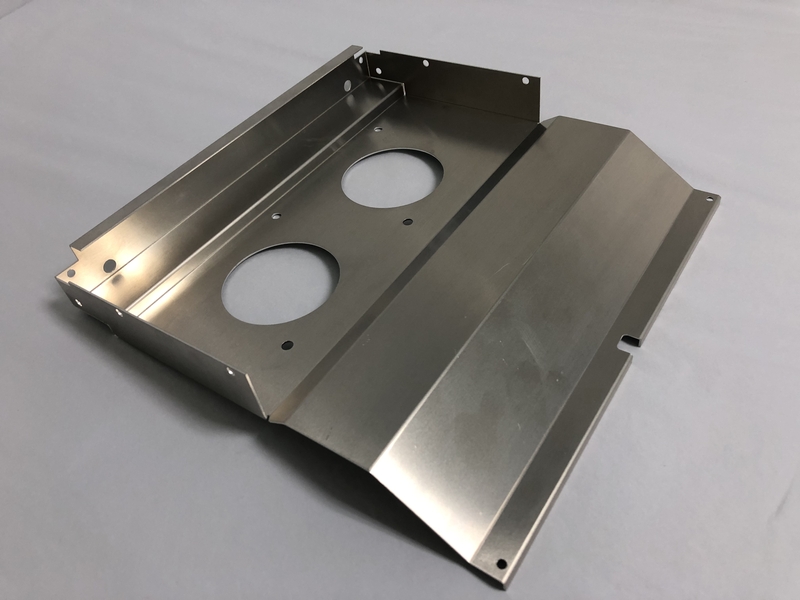
One of the main advantages of sheet metal prototyping is that it uses actual production-grade materials such as aluminum, steel, stainless steel, or copper. This allows engineers to test parts under real-world conditions, including load-bearing and environmental stresses, which is not always possible with plastic-based prototyping methods. Because the process relies on the same forming and fabrication techniques used in high-volume manufacturing, it also helps identify design-for-manufacturability (DFM) issues early, reducing costly adjustments later in the production cycle.
Urethane Casting (Vacuum Casting)
Urethane casting, sometimes called vacuum casting, is a rapid prototyping technique in which liquid polyurethane resins are poured into a silicone mold to create highly detailed parts and cosmetic models. The process often takes place under a vacuum, which removes air bubbles and ensures that the finished part is smooth and defect-free.
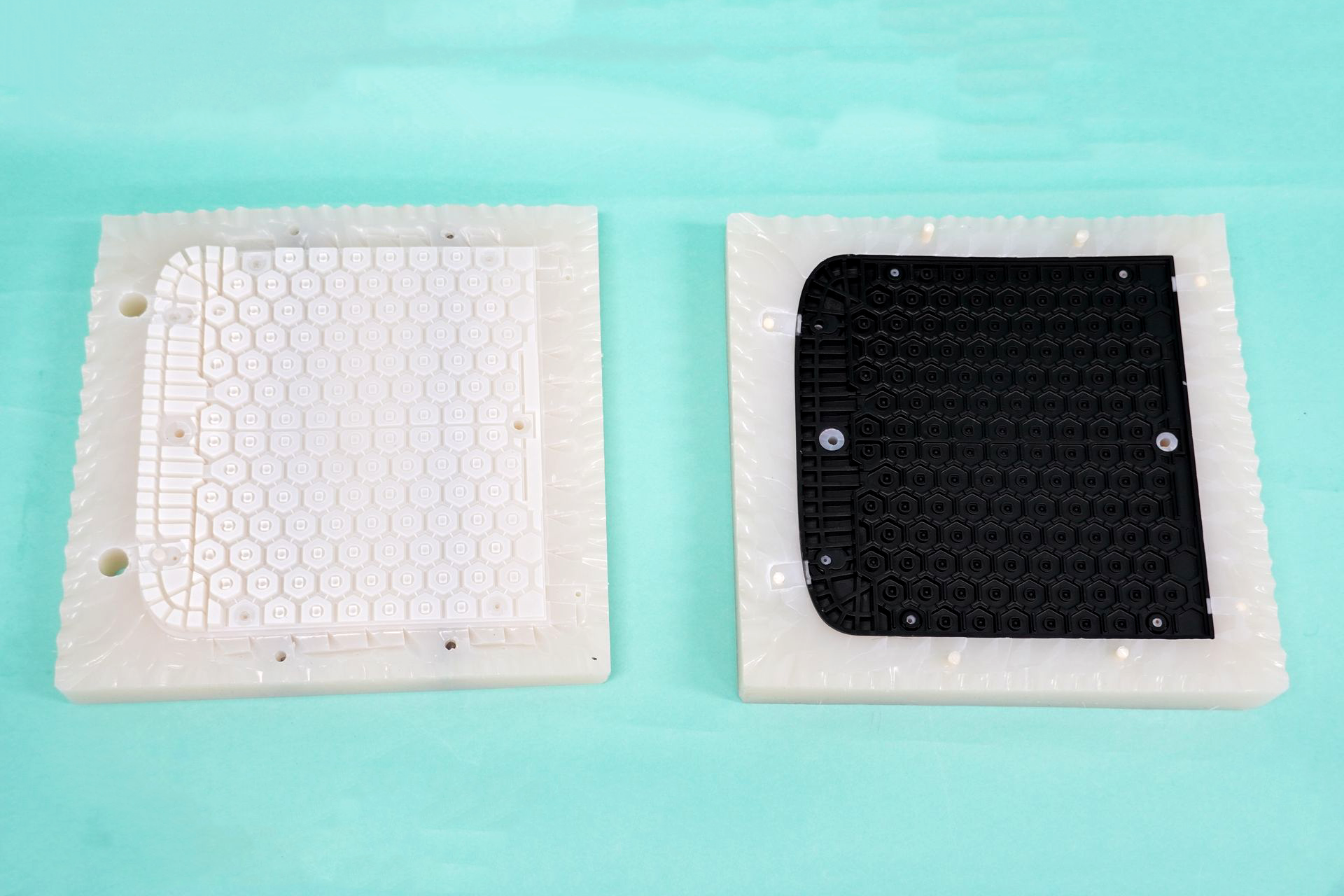
One of the biggest advantages of urethane casting is the versatility of the materials. Polyurethane resins can mimic the mechanical, thermal, and visual properties of a wide range of production plastics, from rigid ABS-like parts to flexible elastomer-like components. However, the molds can wear out after a limited number of uses.
Additionally, while urethane parts are strong and functional, they are generally not as robust as injection-molded parts, especially under high stress or heat. This is because these resins are thermosets rather than true thermoplastics, so their performance envelope is narrower. They can approximate production plastics but generally lack the same long-term durability, high-temperature resistance, and fatigue strength as injection-molded parts.
Rapid Injection Molding
Rapid injection molding is a prototyping and low-volume production method that uses aluminum or soft steel molds to quickly produce parts with the same materials and processes used in traditional injection molding. It’s designed to shorten the lead time of mold creation, making it possible to fabricate functional, production-grade parts in just days or weeks, instead of months.
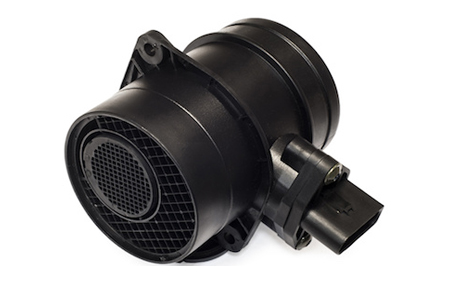
This method is valuable for validating designs, performing functional testing, and even delivering small production runs before investing in expensive, hardened steel molds. Because rapid injection molding uses production-intent material, the parts produced are nearly identical to those from mass production. It offers a high level of accuracy, detail, and repeatability.
The main advantage of rapid injection molding is the fast production of prototype molds. It can be used to bridge the gap between prototyping and full-scale production by giving engineers the ability to test designs under real-world conditions early on. It’s also more cost-effective than regular injection molding for low-to-medium volumes since the tooling is less expensive than traditional molds.
However, rapid injection molds aren’t as durable as full-production molds, typically supporting a few thousand shots instead of hundreds of thousands. For this reason, it’s not ideal for very high-volume manufacturing but excels in quick-turn prototypes, pilot runs, and parts needed urgently for testing or market validation.
Choosing the Right Rapid Prototyping Method
Choosing the right prototyping method often comes down to factors such as cost, complexity, speed, and material requirements. The table below compares different rapid prototyping methods based on process type, materials used, strength, detail, speed, cost, dimensional accuracy, minimum wall thickness, and best use cases.
| Criterion | 3D Printing | CNC | Sheet Metal | Urethane Casting | Rapid Injection Molding |
| Process Type | Additive | Subtractive | Forming/ Fabrication | Casting | Injection Molding |
| Materials Used | Thermoplastic filament (PLA, ABS, etc.), Photopolymer resin, Plastic or Metal Powder | Metal, Plastic | Aluminum, Steel, Stainless Steel, Copper | Polyurethane | Thermoplastics |
| Strength/ Durability | Low to High | High, full material integrity | High, production-grade | Moderate | High |
| Speed | Moderate to Fast | Moderate to Fast | Moderate | Fast | Moderate |
| Cost | Low to Very High ($200–$200k+) | High (machines start ~$2k, pro tools much higher) | Moderate | Low to Moderate | Moderate to High |
| Dimensional Tolerance Capability (mm) | ±0.20–±0.50 | ±0.025–0.125 | ±0.25–±0.50 | ±0.10 | Varies (as tight as 0.05) |
| Min. Wall Thickness (mm) | 0.7–1.0 | 0.5 | 0.5–6 | 0.9–1.0 | 0.3–0.5 |
| Best Use Case | Concept models, early-stage design validation, low-cost prototypes | Functional prototypes, finishing 3D prints, and metal components | Brackets, housings, enclosures, chassis, structural components | Low-volume production, functional testing, small batch parts | Pilot runs, early production, regulatory testing |
Benefits of Rapid Prototype Manufacturing
Rapid prototyping offers significant advantages in product development. The main benefit is its speed. Instead of waiting weeks or months for a prototype, engineers can create one in hours or days using tools like 3D printers or CNC machines.
A key advantage of rapid prototyping is how easily designs can be updated. Making design changes is as easy as tweaking the CAD file and then uploading it to be manufactured according to the new design specifications. This allows for streamlined design iterations, which allows designers to explore new design possibilities without significant capital investment. The technology also allows potential design flaws to be discovered early in a product’s development cycle. This reduces costly mistakes in mass production and reduces the risk of investing capital in a product that might not perform as intended.
Aside from being faster, rapid prototyping techniques are also generally more cost-effective compared to traditional prototyping techniques, which are known to be both costly and sluggish due to expensive tooling and long lead times. Traditional prototyping techniques can be prohibitively expensive for proof-of-concept models. However, with rapid prototyping, it is possible to create proof-of-concept models at a low cost to manufacturers and their customers. Physical parts can convey ideas more effectively than CAD models. They can also help demonstrate a concept part’s intended function, allowing a development team to receive feedback on whether their idea makes sense.
Applications of Rapid Prototype Manufacturing
Rapid prototyping is used in many industries for creating concept models and functional prototypes to test designs and validate ideas. Key uses include:
- Consumer electronics: Enclosures, housings, connectors, and ergonomic testing.
- Custom medical and dental devices: Surgical tools, patient-specific guides, dental aligners, and housings for implantable electronics (such as pacemakers or neurostimulators).
- Robotics and automation: Brackets, grippers, gears, and complex mechanisms.
- Aerospace and automotive components: Lightweight structural parts, aerodynamic test models, and engine components.
Another common use case for rapid prototyping is rapid tooling. Instead of investing in full-scale production molds right away, engineers can create short-run tooling to test manufacturing processes or produce small batches of parts. This is especially valuable for bridge production, where customers need limited volumes before scaling up to mass production.
Rapid Prototyping vs. Production Manufacturing
Before moving into full-scale manufacturing, it might be helpful to understand how rapid prototyping fits into the product development process. Rapid prototyping allows teams to test designs, check functionality, and get feedback from stakeholders without spending a lot on expensive tooling.
Once a design is proven, scalable production methods such as injection molding, die casting, or CNC machining with hardened tooling become more cost-effective for high-volume runs. In this way, rapid prototyping can bridge the gap between early iterations and full-scale production, ensuring that only validated designs move forward. However, this is not all it is used for; depending on the method, it provides full coverage, ranging from making a physical object that represents an idea, through testable prototypes, to small-volume production.

Rapid Prototyping With Fictiv
Rapid prototyping has been a game-changer in testing and validating design ideas. It not only produces prototypes faster but also offers much more design freedom, where complex parts can be brought to life at a lower cost. Design teams can create prototypes in a matter of hours or days, depending on the chosen technology, instead of waiting weeks or even months. These prototypes can be tested and approved before investing significant capital in costly tooling or committing to mass production.
Need to validate your design fast? Fictiv offers CNC machining, 3D printing, urethane casting, sheet metal, and injection molding services for rapid prototyping, with instant quotes and expert DFM feedback.
Upload your design today for an instant quote.
